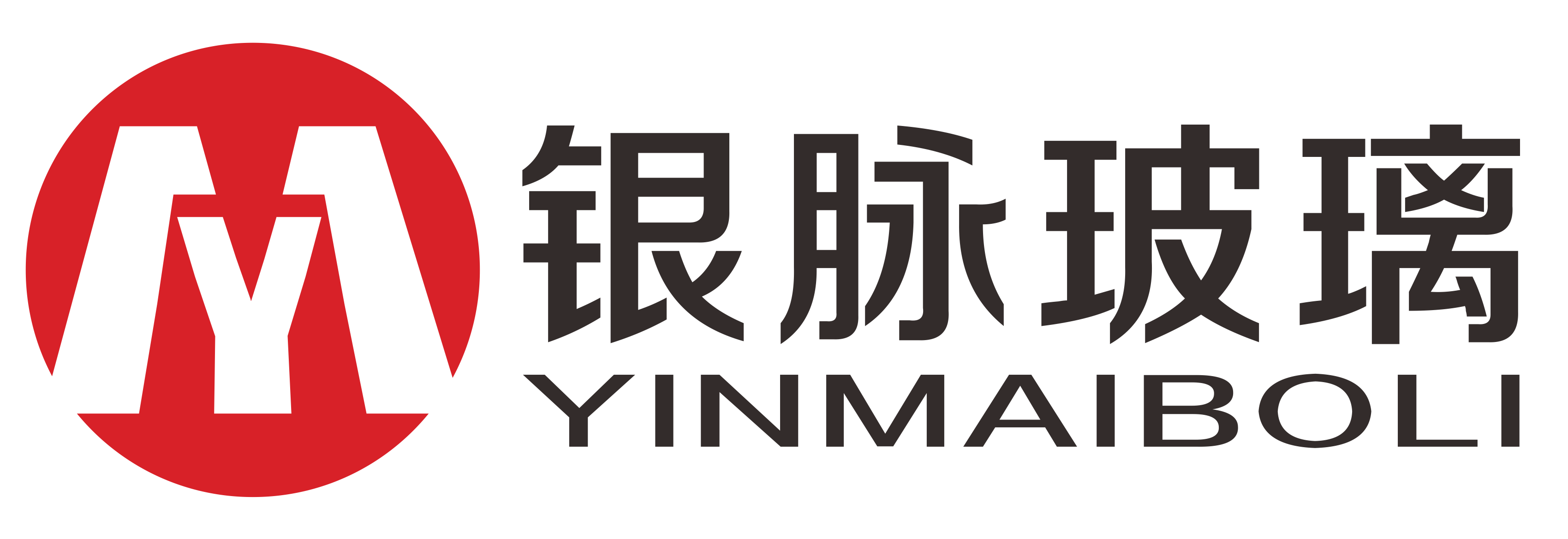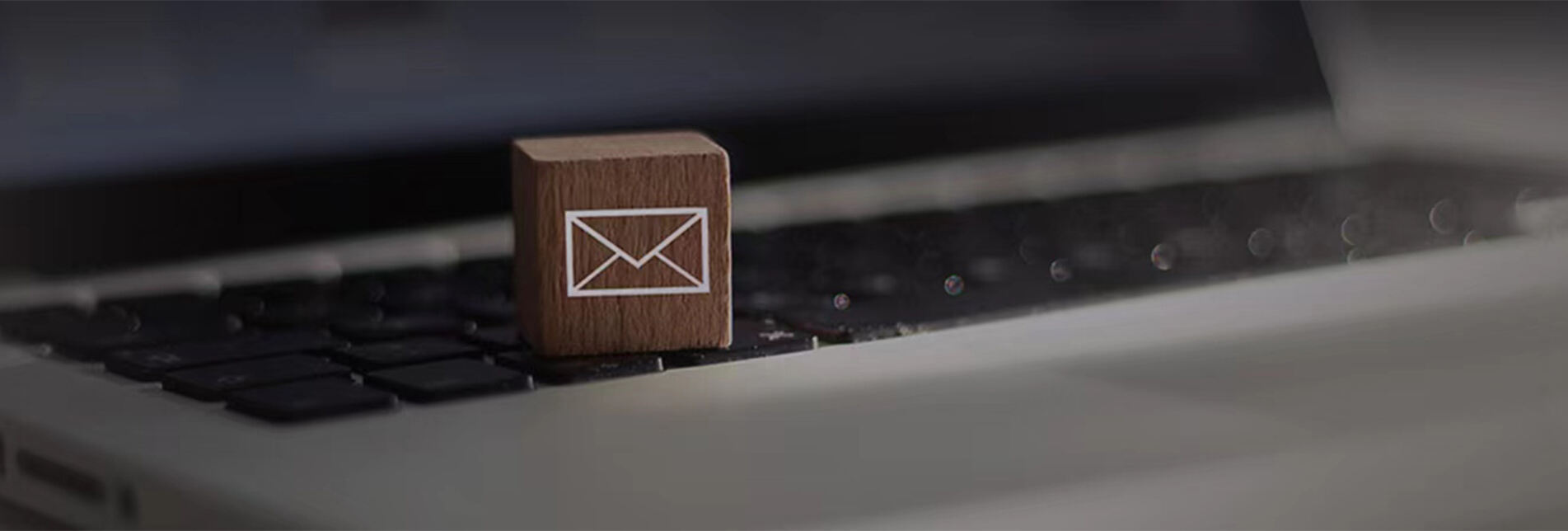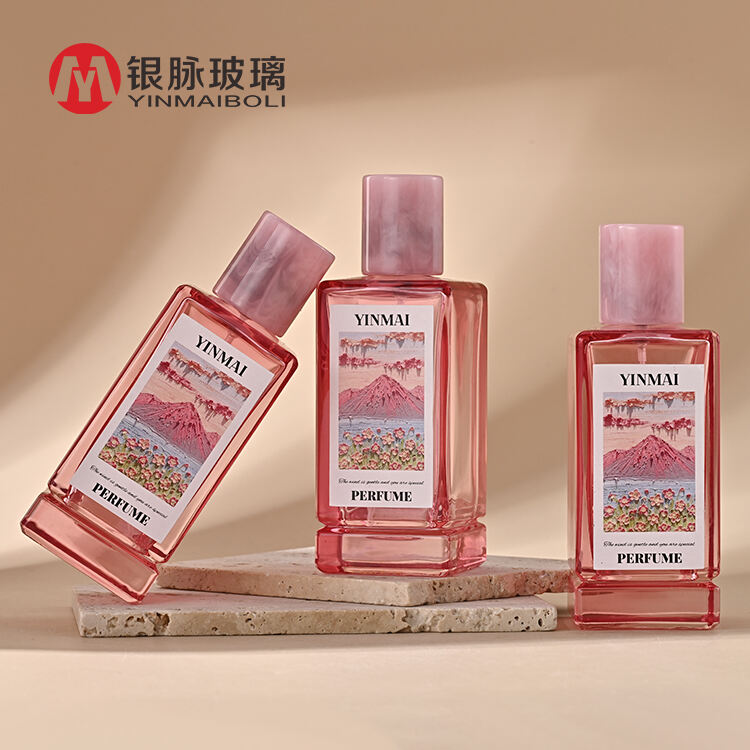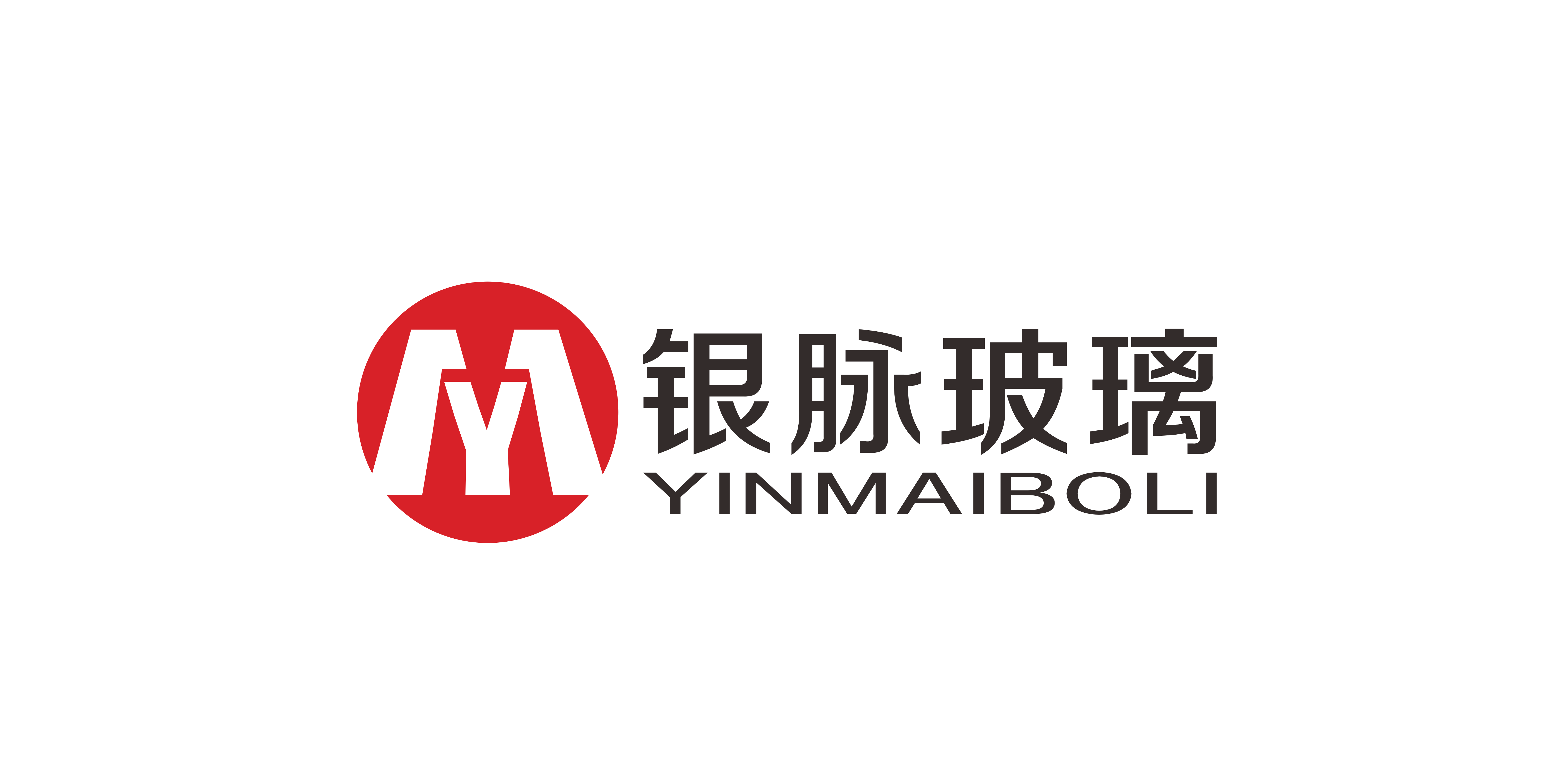Design trend of perfume bottle and charm of personalized packaging
The Importance of Perfume Bottle Design
Perfume bottle design plays a pivotal role in attracting consumers, serving not just as a container but as a critical element of branding. Beyond merely holding the fragrance, the bottle acts as the first point of interaction with the consumer, effectively communicating the brand's story and essence. A well-crafted design can capture attention and pique curiosity, setting the stage for the olfactory experience that follows.
Research shows that approximately 60% of consumers make a purchase based solely on the visual appeal of the packaging. This highlights the undeniable impact of a bottle's aesthetic in consumer decision-making, underscoring its importance in the competitive fragrance market. Aesthetically pleasing packaging not only draws customers in but also enhances the perceived value of the scent it encases.
The design of a perfume bottle contributes significantly to the overall brand identity, evoking emotions and setting the tone for what the scent represents. A cohesive and thoughtfully created design can evoke nostalgia, elegance, or even modernity, influencing how the fragrance is perceived before it's even tested. By aligning the bottle's design with the brand's ethos, a perfume can convey a story that resonates deeply with consumers, fostering emotional connections and brand loyalty.
The Evolution of Perfume Bottle Design
The journey of perfume bottle design has witnessed a fascinating evolution, beginning with the simplistic glass vials of ancient Egypt to becoming elaborate artworks in today's world. Initially, these bottles served a purely functional purpose of storing precious oils and scents. However, as time passed, they transformed into intricate pieces of art, reflecting the technological and artistic accomplishments of each era. For instance, during the 19th century, Renowned artisan René Lalique combined glassmaking with jewelry design, ushering in an era where bottles themselves became exquisite art pieces, often enhancing the allure of the fragrance inside.
Cultural influences have significantly shaped the design of perfume bottles, infusing them with distinctive regional aesthetics. In different parts of the world, varying artistic traditions and cultural values have molded how these bottles are crafted and perceived. In the early 1900s, for instance, European designs embodied the elegance of Art Nouveau, while in the mid-20th century, the American preference leaned towards the streamlined aesthetics of Art Deco. This cultural amalgamation not only affects the visual appeal but also the emotional response a bottle design could evoke in consumers, rendering perfume bottles as symbols of taste and identity far beyond their functional purpose.
Key Elements of Perfume Bottle Design
The design of a perfume bottle begins with the choice of materials, which significantly affects both aesthetics and costs. Glass is the most commonly used material due to its elegance and ability to showcase the fragrance's color and clarity. Its popularity is also due to its chemical inertness, ensuring the perfume’s preservation. However, for brands seeking affordability, plastic offers a cost-effective alternative, although it lacks the premium feel of glass. The choice between these materials often depends on the brand's desired market position and target audience.
Aesthetics in perfume bottle design are about more than just the shape; they must also enhance the user experience by harmonizing with the scent it holds. Designers often craft bottles that visually reflect the fragrance’s essence—whether rustic, modern, or floral—to evoke the desired emotion upon first glance. This alignment between design and fragrance creates a cohesive experience that enhances consumer engagement and attachment to the product.
Color and transparency are also crucial in design, as they convey the fragrance’s essence and personality. Clear bottles often suggest freshness and purity, ideal for light or citrus scents. In contrast, darker shades like amber or blue can provide an air of mystery or depth, suitable for more intense or evening fragrances. The strategic use of color and opacity not only impacts consumer perceptions but also supports the overall brand story conveyed by the bottle.
Innovative Trends in Modern Perfume Bottle Design
Modern perfume bottle design is redefining aesthetics through its commitment to sustainability. Perfume manufacturers are increasingly adopting sustainable practices by using recyclable materials and eco-friendly production methods to minimize environmental impact. This shift not only preserves the planet but also aligns with consumer expectations of corporate responsibility.
Technological innovations are also playing a significant role in transforming perfume bottle design. Smart packaging that incorporates scent technology is becoming prevalent. This interactive element enhances consumer engagement by offering new ways of experiencing the fragrance beyond traditional methods. For instance, some bottles now include QR codes that, when scanned, provide additional sensory experiences related to the scent, providing an augmented reality journey that complements the fragrance contained within. These trends signify not only a shift in design but also a revolution in enhancing consumer interaction with fragrance products.
Spotlight on Featured Products in Perfume Bottle Design
When it comes to perfume bottle design, balancing functionality with aesthetics is key. The Empty 100ml Glass Perfume Bottle Packaging Square Transparent Glass with Crimp Spray perfectly embodies this balance. Its spacious design caters to larger fragrance collections while maintaining a sleek, modern appearance that appeals to both minimalists and collectors.
For those seeking timeless elegance, the Luxury perfume packaging 50ml empty square perfume bottles manufacturer exemplifies luxury. With its sophisticated design, this package caters to high-end consumers looking for a premium aesthetic in their fragrance collections. Perfect for conveying a sense of exclusivity, these bottles enhance the perceived value of the fragrance inside.
For brands looking to expand cost-effectively, the Wholesale Empty Round Cylinder 100ml Glass Luxury Perfume Bottle offers an ideal solution. These bottles provide all the elegance of high-end design while enabling brands to scale without sacrificing quality. Their simple yet chic design makes them a versatile option for a variety of fragrance types.
The 30ml, 50ml, and 100ml Factory Selling round Amber Glass Perfume Bottle with Customized Lid caters to varied consumer preferences, providing an opportunity for brands to offer multiple size options. This flexibility not only enhances the customer experience but also allows brands to respond to market demands and preferences efficiently.
Lastly, customization is a growing trend in the perfume industry. The Custom Perfume 50ml 100ml Bottle with Gift Box Sprayer Empty Clear Square Perfume Bottle Glass offers opportunities for personalization. Including gift boxes, these bottles are perfect for brands aiming to provide a unique, individualized experience for their customers.
The Future of Perfume Bottle Design
The future of perfume bottle design is set to reflect the growing demand for minimalist aesthetics and sustainable packaging. In response to environmental concerns, brands are beginning to adopt recyclable materials and reduced packaging. Recent studies indicate that approximately 75% of consumers favor sustainable brands, highlighting the increasing importance of eco-friendly initiatives in product design. Simplified designs are also gaining traction, with consumers gravitating towards sleek, understated bottles that allow the fragrance itself to be the star.
Moreover, personalization in perfume packaging is becoming increasingly significant as it allows consumers to express individuality through their chosen scents. Customizable elements, such as engravings or color choices, enable users to create a more personal connection with their fragrances. This trend is supported by market research showing that 60% of consumers are willing to pay more for products that offer a personalized experience. As brands continue to innovate, we can expect perfume bottles to become not just containers but extensions of personal identity.
Conclusion: The Symphony of Design and Scent
In conclusion, perfume bottle design is a multifaceted element that supports branding, consumer psychology, and market trends. Its role extends beyond mere aesthetics, serving as a crucial bridge between consumer desires and brand perception. A well-designed bottle not only attracts attention but also tells a story that resonates with potential buyers. The synergy between design and scent plays a critical role in the overall perception and success of fragrance products. This harmonious blend ensures that the visual appeal matches the olfactory promise, ultimately enhancing the consumer's experience and fostering brand loyalty.









